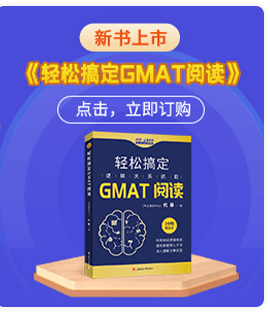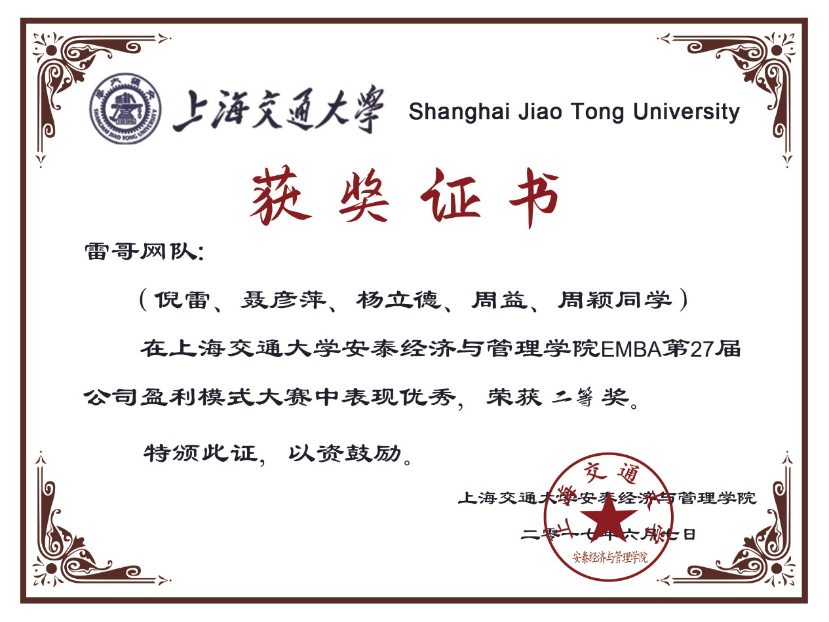视频解析
文字解析
Inferenceh5>
The question depends on recognizing differences between two explanations—one favored by the scholars mentioned in line 21, the other favored by the author—for the frequency with which patents were invalidated in U.S. courts prior to 1830. The first paragraph
describes the scholars’ view that judges before 1830 were antipatent and rejected patentees’ claims for arbitrary reasons. The author of the passage rejects that view. As an alternate explanation, the author in the second paragraph implies that earlier patents often violated copyright law; this view is supported with reference to an 1836 revision to the patent system which instituted a procedure by which patent applications were inspected to ensure adherence to patent law.
A. The author and the scholars are both focused on protecting inventors’ property rights, not with their inventions’ utility.
B. Although the passage suggests that the scholars thought America’s patent system did not help encourage economic growth, there is no suggestion that either the scholars or the author believes actual patents defended in court were irrelevant to economic growth.
C. Both the scholars and the author believe that patents defended in court prior to 1830 were more likely to be invalidated than were patents in later legal disputes.
D. Correct. The scholars claim that judges before 1830 decided against patentees for arbitrary reasons, but the passage suggests that the patents may have been invalidated because they failed to adhere to patent law.
E. Both the scholars and the author accept that patents were upheld in court less often before 1830 than after.
The correct answer is D.
GMAT会员
- 【OG18-P680-668题】In a review of 2,000 studies of human behavior that date back to the 1940s, two Swiss psychologists, declaring that since most of the studies had failed to control for such variables as social class and family size, none could be taken seriously.
- 【OG18-P680-671题】Manufacturers rate batteries in watt-hours; if they rate the watt-hour higher, the longer the battery can be expected to last.
- 【OG18-P680-672题】At the end of the 1930s, Duke Ellington was looking for a composer to assist him-someone not only who could arrange music for his successful big band, but mirroring his eccentric writing style as well in order to finish the many pieces he had started but never completed.
- The passage provides information to support which of the following statement about La Nina?
- The author of the passage would most likely agree with which of the following statements about the link between increased solar activity and certain seasonal weather changes on the Earth?

添加官方小助手微信
了解更多GMAT考试与咨询

Copyright © 2021 All Right Reserved 申友雷哥教育 版权所有 沪ICP备17005516号-3 免责声明 互联网经营许可证编号:沪B2-20210282















 400-600-1123
400-600-1123





 资深讲师题题有解析
资深讲师题题有解析




















 12G备考资料
12G备考资料